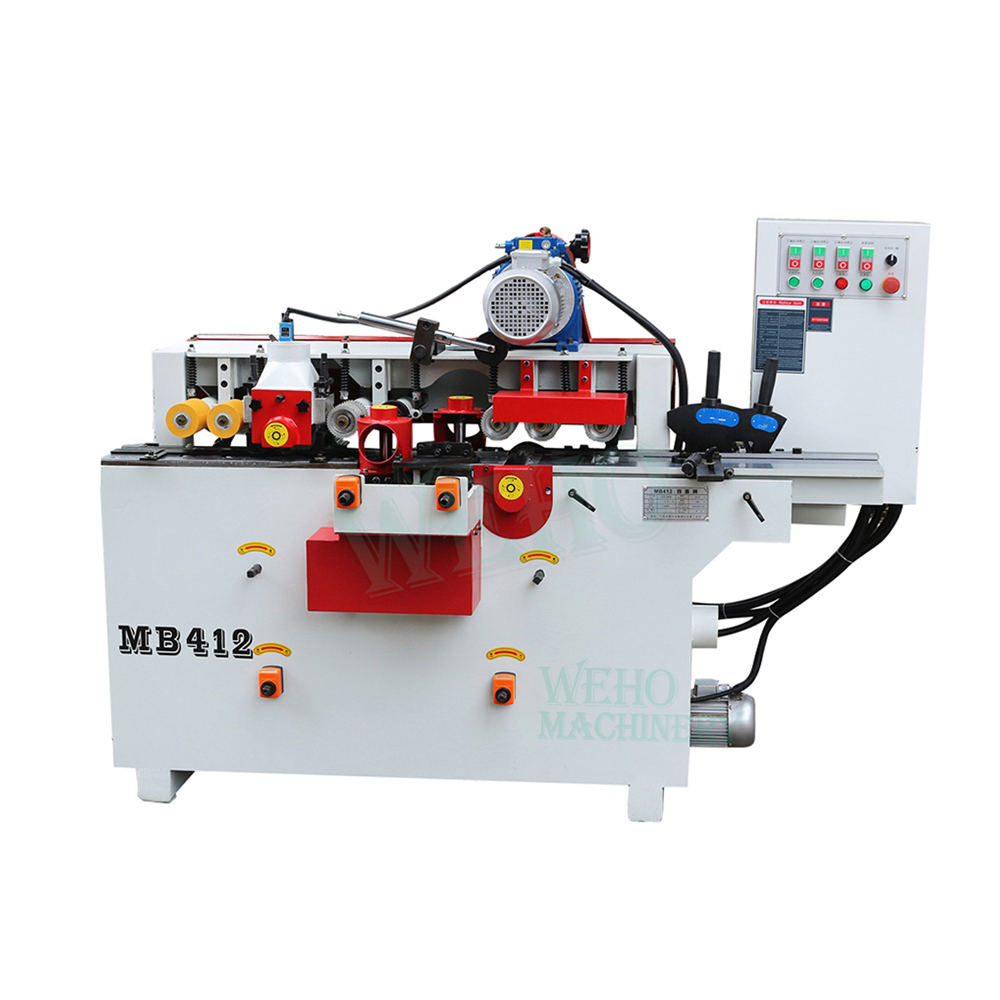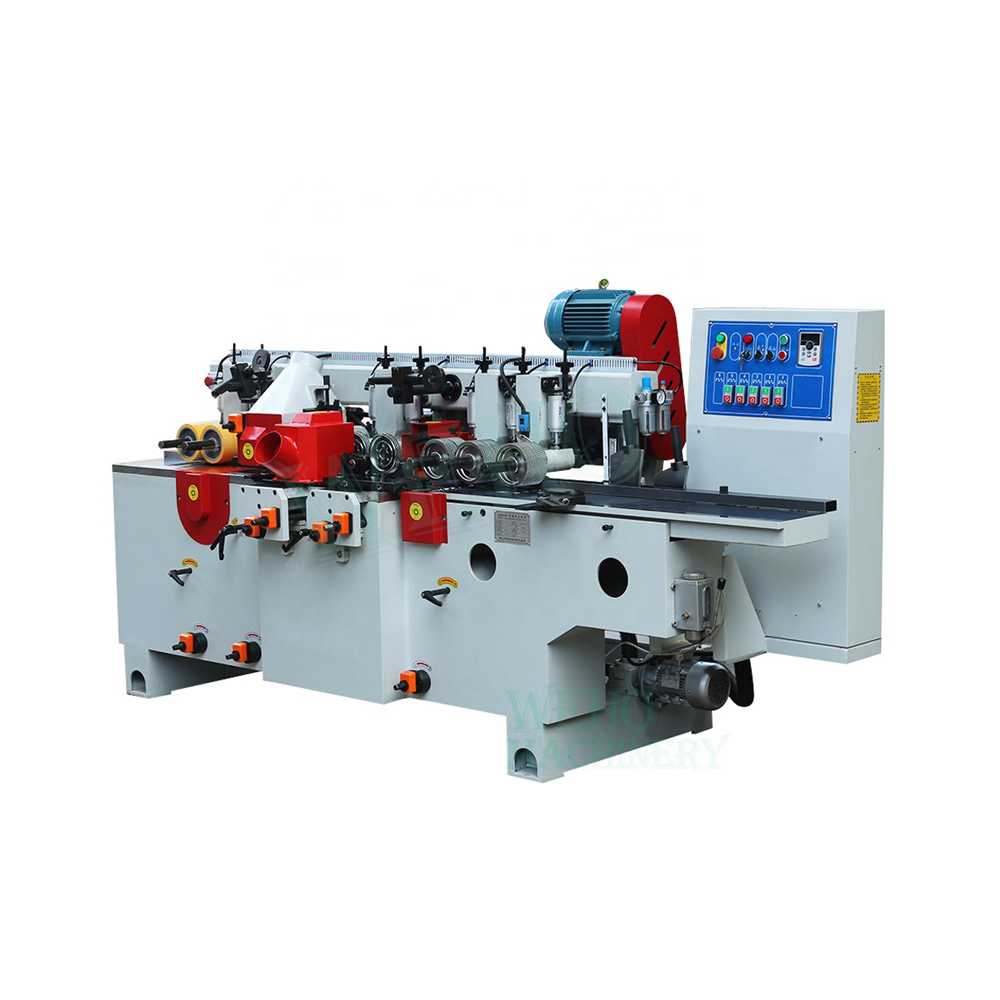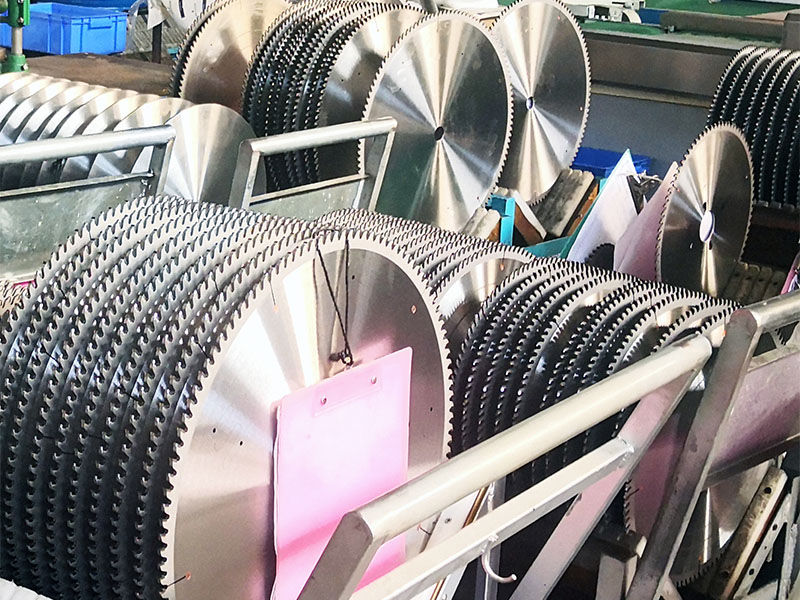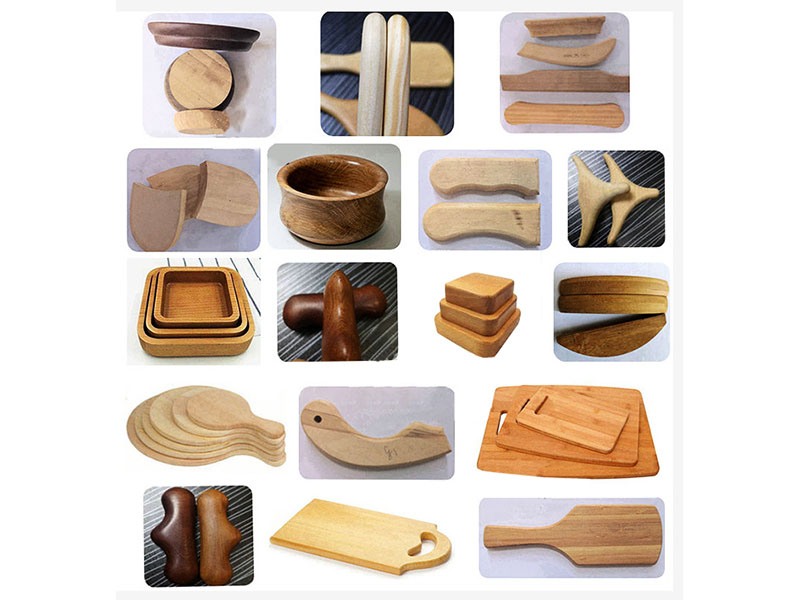
What Are The Benefits Of Using A Wood Planer?
The wood planer is one of the most important tools in a woodworker's arsenal, offering numerous advantages that can significantly improve the quality and efficiency of your projects. In this article, we will delve into the various benefits of using a wood planer, exploring its impact on cost savings, consistency, customization, and more.
Mill boards to a uniform thickness: This is essential for creating panels and other components that need to fit together precisely.
Smooth rough-sawn lumber: Planing can transform rough boards into smooth, workable pieces.
Reclaim old wood: Planers can remove the weathered surface of old wood, revealing a fresh, clean layer underneath.
Customize wood thickness: For projects that require non-standard thicknesses, a planer provides the necessary flexibility.
What Is A Wood Planer?
A wood planer, also known as a thickness planer, is a woodworking tool used to trim boards to a consistent thickness throughout their length. It accomplishes this by shaving off small layers of wood from the surface, ensuring that both sides of the board are parallel and smooth.Key Benefits of Using a Wood Planer
Cost Savings
One of the most compelling reasons to invest in a wood planer is the potential for significant cost savings. By purchasing rough lumber and planning it yourself, you can save a considerable amount of money compared to buying pre-surfaced lumber. Rough lumber is often 30% to 50% less expensive than surfaced lumber, and for large projects, these savings can soon accumulate.Consistent Results
A wood planer ensures that all your boards are of the exact same thickness, which is crucial for projects that require precise measurements, such as furniture making and panel glue-ups. This consistency helps in achieving a professional finish and reduces the chances of misaligned parts.Flattening and Smoothing
Creating a flat and smooth surface is essential for many woodworking projects. A planer can easily flatten boards, making it an indispensable tool for working with large projects, wood slabs, and intricate glue-ups. Without a planer, achieving parallel surfaces would be challenging and time-consuming.Customization and Flexibility
A wood planer allows you to customize the thickness of your wood to suit your specific project needs. This flexibility is particularly beneficial when working with non-standard wood sizes or when repurposing old wood. You can create unique and custom pieces that are not limited by the dimensions of store-bought lumber.Enhanced Quality of Work
Using a wood planer can significantly improve the overall quality of your woodworking projects. Planed wood surfaces are smoother and more uniform, enhancing the visual appeal and making the wood easier to work with. This results in cleaner joints and a more polished final product.Efficient Use of Materials
A wood planer helps maximize the use of your materials by allowing you to reclaim and repurpose old or rough-sawn boards. This not only reduces waste but also gives new life to wood that might otherwise be discarded. Planing old wood can reveal its hidden beauty and character, making it suitable for high-quality projects.Time Savings
While hand planes can achieve similar results, they require a significant amount of time and skill. A wood planer, on the other hand, can accomplish the same tasks much more quickly and efficiently. This time savings is invaluable, especially for larger projects or when working with hardwoods.When to Use a Wood Planer
A wood planer is most effective when you need to:Mill boards to a uniform thickness: This is essential for creating panels and other components that need to fit together precisely.
Smooth rough-sawn lumber: Planing can transform rough boards into smooth, workable pieces.
Reclaim old wood: Planers can remove the weathered surface of old wood, revealing a fresh, clean layer underneath.
Customize wood thickness: For projects that require non-standard thicknesses, a planer provides the necessary flexibility.


.jpg)




